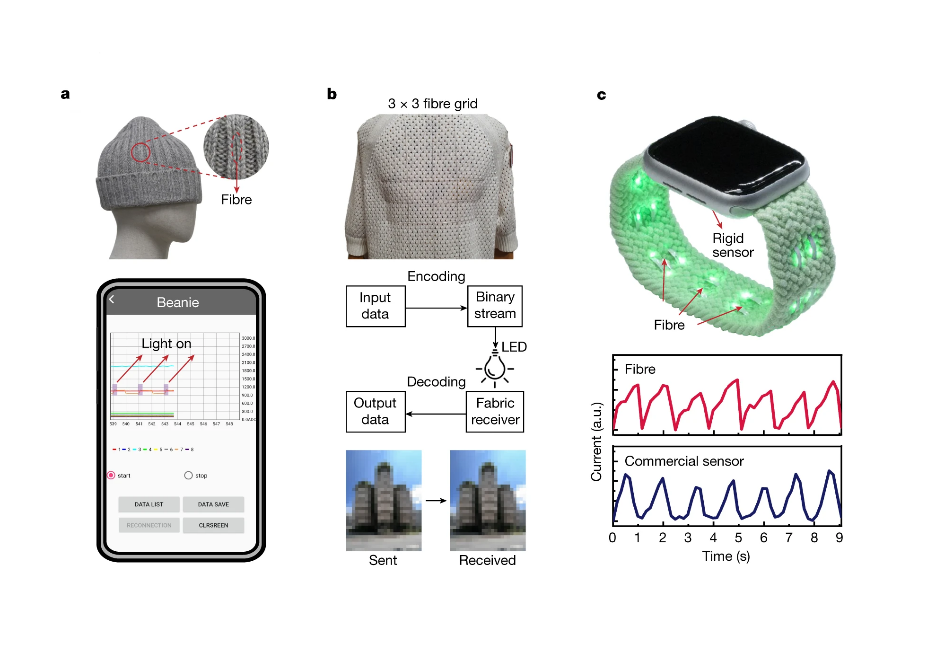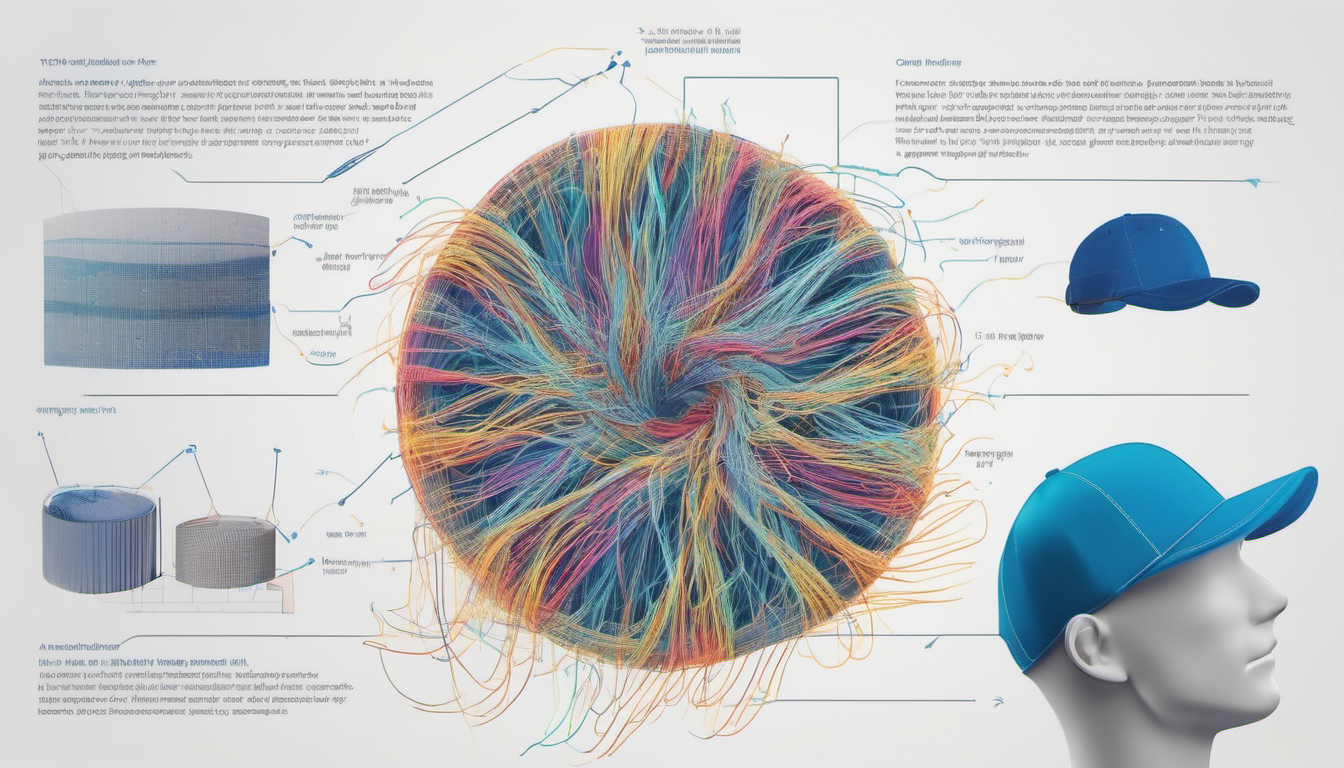Introduction
Ever imagined that your hat will tell you what’s in front of you? Scientists from NTU Singapore have made it possible! They developed ultra-thin semiconductor fibers which can be woven into clothes, making them ‘smart’.
Now, I know what you’re thinking. How are fibers going to make clothes smart? Luckily, the research team made prototypes showcasing the value of the fibers. They made a smart beanie which can help the visually impaired cross the road through alerting their phone, a ‘museum guide’ using a smart shirt which will tell you about the artwork through an earpiece, and more!
The development of the semiconductor fibers
Traditionally, owing to stress development and capillary instability in the high-yield fiber thermal drawing, both cracks and deformations in the semiconductor cores considerably affect the performance of these fibers (Wang et al., 2024) The deformations limited the development and the functionality of the wires. The wires had unreliable electric properties.
Existing methods to manufacture fibers which are crystalline semiconductors would yield a short amount in a long time: only a few centimeters per hour.
To tackle these challenges, scientists at NTU used modeling and simulations to understand what causes the stress and deformities in the manufacturing process. The result they landed at was that careful material selection and following a specific series of steps during the production process would make the fibers free of deformities.
By thoroughly understanding each step of the molten-core method and applying it to Silicon and Germanium, the scientists were able to develop a mechanical design and successfully fabricated hair-thin, defect-free fibers spanning 100 meters, which indicates its market scalability. Importantly, the new fibers can be woven into fabrics using existing methods. (X, 2024)
Applications

Figure-1
Semiconductor fibers have great potential for new inventions & improving existing technologies. Multiple prototypes were made by the research team at NTU, and each of them is noteworthy. The prototypes include a beanie, a sweater, and a watch.
The functional beanie – as shown in Figure 1a – can be used to assist people with impaired vision cross busy roads. The team achieved this by weaving the fibers into the beanie along with an interface board. The fibers received light signals which were sent to a mobile application, triggering an alert.
Another application is the functional indoor sweater which works indoors using a Li-Fi communication system, making it capable of sending and receiving messages with impressive accuracy which is evident in Figure 1b. It can be used as a ‘museum guide’ which feeds you information about the exhibits through an earpiece.
Last but not least is combining the fibers with a smartwatch (Figure 1c). Usually, smartwatches are bulky due to the heartrate sensors. Using the fibers in the wristband will not only replace the sensors, but also give higher accuracy because the fibers will always be in contact with skin even when the user is active, unlike if the sensor was on the body of the smartwatch.
Conclusion
Although fibers made of Silicon and Germanium have been around for a while, it was only after studying their behavior thoroughly that we can realize their full potential. Sometimes, you have to look within yourself and you’ll find that you’re capable of so much more.

